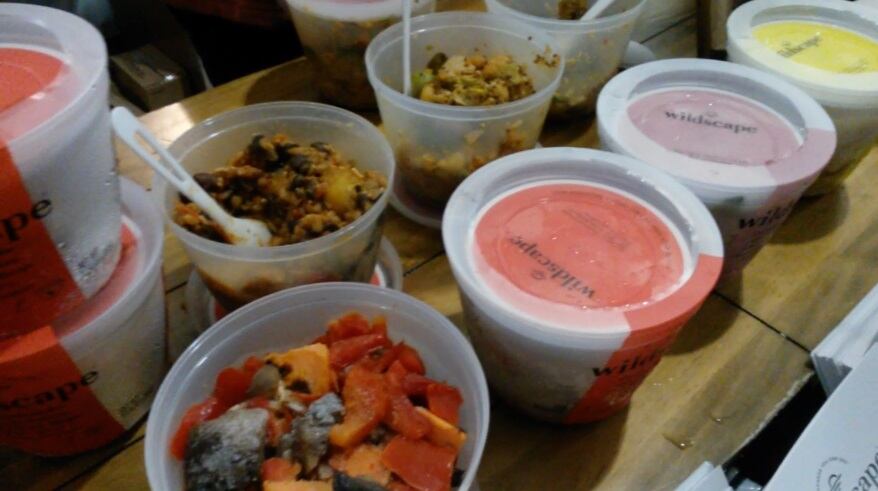In this episode of FoodNavigator-USA’s Investing in the Future of Food, industry veteran and the founder of Premium Growth Solutions James Richardson explains why increasing doors is not as effective as boosting velocity.
“One of the biggest [mistakes startup founders make] is once you get a little traction and cash flow looks good, you start adding distribution way too fast,” said Richardson. “When you do that, you are unable to tell in the data you have … whether or not you have consumer pull.”
He explained that startups don’t need 5,000 accounts “to start getting the fly wheel going,” they only need a couple of hundred because that it point at which they will be able sufficiently measure velocity.
“If you get into a couple of hundred stores, pause, measure your velocity over time, see whether the product itself is attracting people for repeat purchase and that is the magic thing you need to figure out early on, and then you know you have something good,” he said.
Entrepreneurs can help jump start velocity by personally visiting stores to demonstrate to consumers how to use the product, and by building up a following on social media, he added.
Ask for data from retailers
To track whether their efforts are paying off, entrepreneurs need to review the sales data, which acknowledges might sound expensive and out of reach for startups, but he notes it doesn’t have to be.
“In the absence of a budget to go buy SPINS data or even more expensive Nielsen or IRI data, a lot of people forget if you are working with a broker” who has a good relationship with their buyers, “get them to get a tacit agreement from the store to give you their POS data.”
It won’t always work, Richardson said. But if companies can get data from even just two or three key accounts, they will have a good handle on their business.
This data can also help startups track their progress meeting the minimums they set with retailers and know whether they need to step up their marketing efforts to retain their shelf space.
Evaluate how you compare to like-sized brands
Similarly, this data can help entrepreneurs measure how they stake up to other similarly sized brands, not national or legacy competitors, which will help them determine when they have sufficient consumer engagement to go to the next level of distribution, Richardson said.
Once a company has met or exceeded the minimums set by a retailer and are outpacing competitors on their same tier, they can more confidently expand their distribution, he said. But, as Richardson noted in last week’s episode of Investing in the Future of Food, he advised ambitious entrepreneurs not to get so carried away that they hand over too much power to their distributors or deviate from their strategic plan.



